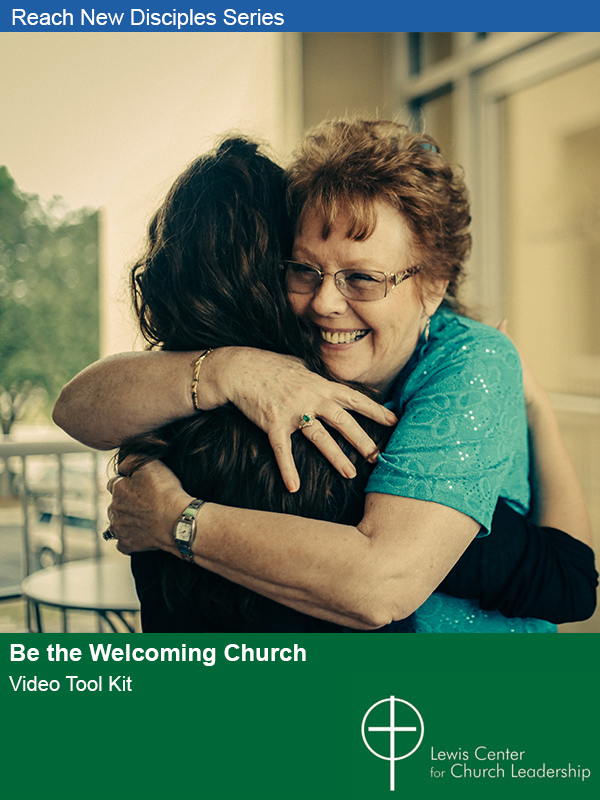Lovett H. Weems Jr. highlights key findings in the 2020 U.S. Census Report of significance for churches including an aging overall population, the first-ever decline in the white population, and greater diversity. He writes that the census results upend many of the working assumptions churches hold about their future.
The oft-quoted “demography is destiny” comes to mind as we explore the meaning of the 2020 U.S. Census Report. The church cares about demographics because it deals with “human populations,” the same people the church exists to serve. Anything we can learn about the people God has given us will shape our ministries for the better. We need not make plans for people who no longer exist, at least not in the numbers as before. Churches are fruitful when they understand who the people are around them and develop ministries and plans to reach them, especially those in their communities but not in their churches.
Here are some highlights of the latest census that noted demographer William H. Frey names and what they may mean for church leaders.
Population stagnation
Population growth in the last 10 years was the second lowest in the nation’s history. While COVID-19 added to deaths, the primary reason is the aging of the population. As Frey puts it, “fewer births, more deaths, and uneven immigration.” Many congregations are actually in areas in which aging has led to more deaths than births, with the consequent impact on every community institution.
Decrease in geographic mobility
In the 1940s to 1960s, the U.S. population was highly mobile with about one in five persons changing their residence in a year. Today fewer than 10% change residences during a year, the lowest since records have been kept.
Greater racial diversity
The nation is diversifying “from the bottom up.” While the Builder Generation was almost 80% white and the baby boomers were just over 70% white, all younger generations are far more racially diverse. In 2011, for the first time in the history of the country, more people-of-color babies than white babies were born in a year. Soon, most children will be people of color. Another feature of the growing racial diversity is the dispersal of people of color within the country.
Population aging
In the past 10 years, those between ages 65 and 74 increased in number by 50%. Between 2010 and 2020 the number of people over 55 grew at a rate 20 times greater than the rate of growth for the population under 55. Virtually every part of the country is seeing an increase in the proportion of their population over 55. Where areas vary is in the presence of young people under 18. Thirty-one states showed losses in their youth populations over the past decade.
First-time decline in white population
For the first time since the original census in 1790, the white population declined. Although the numerical decline is minuscule, such a dramatic marker brings the changing demographics of the country to the forefront. White people are older on average than other groups in the U.S. The long-term scenario for whites, according to Frey, is one of “lower fertility and increased aging.” All population growth in the last decade came from people of color.
Implications for churches
In some ways, these census results upend the working assumptions of most congregations about the future of their churches. Here are examples of such assumptions.
- New members will come from new residents.
- New members will come from young couples returning to church when they have children.
- New members will be younger than current members.
- New members will look like us and share our values.
Looking for people who are not there
The combination of population stagnation and lower population mobility means those “new people” that churches often counted on joining them will be few. There are growing numbers of people surrounding virtually all churches who do not attend church. They include those our churches never seriously engaged plus the growing ranks of inactive former church members signified by the worship attendance declines that began in 2002 and continue today. But engaging with these “new people” will require major adjustments in how churches relate to their communities and neighbors, in contrast to merely waiting for those who show up at our doors.
Coming to grips with an aging population
A Presbyterian church with a new pastor spent several hundred thousand dollars to reach young people. Despite a gifted pastor and creative planning, the church had little to show for its efforts after a few years. Since then, the pastor has led them in a different direction. They came to terms with who they were — an older church — and what they had to offer — an amazing church for the growing numbers of people 55 and older in their region. They also discovered ways within this orientation to expand their reach to younger people without trying to be what they are not.
Many churches are undermining their ministries with their own older members and potential younger members by taking the older constituency for granted and missing the potential they bring to connect with aging communities. Developing ministries for younger people as an adjunct to a less-than-vibrant ministry for others will not work. Infusing vibrancy for every age group generates energy for all.
A special challenge for predominantly white congregations
There are some areas where the white population is growing, but not many. Even there, it is a zero-sum game with some areas losing the people others are gaining. Over half the counties in the U.S. showed declines in their white population in the last decade. There is no future for predominantly white congregations that cannot reach the growing people-of-color population. This is especially true for reaching younger people where the very youngest in the population are majority people of color.
Predominantly white congregations also have a special challenge on behalf of the entire country in the coming years. I fear that the first decline in the white population since 1790, minimal as it is, will fan the flames of prejudice against people of color. Such feelings may have been present and better hidden for years, but the public expression of such un-Christian and un-American sentiments shows we are at a troubling juncture. It reminds me of the time when I was growing up and church people who were spiritually serious and personally virtuous supported some of the most evil practices of racism in our history. I see today similar accommodation to the worst expressions of racist language, behavior, and policies from many regular churchgoers. This blatant disregard for Christlike values will make a mockery of our witness unless it is countered by churches that exemplify love of God and love of neighbor without reservation.
Related Resources
- The Challenging Climate for U.S. Congregations by Scott Thumma
- States with Higher Potential for Growth in 2018 by Lovett H. Weems, Jr.
- Religion Census Reveals Changing Trends by Lovett H. Weems, Jr.







